Hot Sale 🥰 Vienna Symphonic Library Historic Winds II – Electronic Delivery 👏
$310.00 Original price was: $310.00.$91.99Current price is: $91.99.
- Expertly Sourced, Quality Guaranteed
- Get the Best for Less
- Elevate Your Shopping Experience
- Guaranteed High Quality

Ancient Winds
This Collection contains instrumental rarities that are not only perfectly suited to score appropriate film subjects but are a real source of inspiration if you’re looking for all-new timbres and instrumental combinations in order to enrich your arrangements with new colors. Vienna Symphonic Historic Winds II includes recordings of nine rare instruments of the Renaissance and Baroque era: Zink, five crumhorns, and three natural trumpets.
The Zink (or cornett/cornetto – not to be confused with the trumpet-like Cornet included in our Special Brass Collection) was a popular wind instrument of the Renaissance and Baroque periods. Its conical wooden pipe is about 61 centimeters (24 inches) long and covered in leather. There are no valves but seven front finger holes as well as a thumb hole on the back, as on the recorder. The cup mouthpiece is usually made of horn, ivory or bone and it takes a lot of practice to achieve pure intonation. The zink is a very agile instrument covering the soprano and sopranino registers with a key range of almost three octaves. Especially in the high register the timbre is reminiscent of a blend of a soft piccolo trumpet playing mezzoforte and a female voice. Famous composers who wrote for the zink were Giovanni Gabrieli and his student Heinrich Schütz, whose sacral works for choirs usually feature an extensive instrumental accompaniment.
The Crumhorn’s name is derived from the German “Krummhorn”, which means “bent horn”. The lower part of the instrument is bent upwards in a curve like the letter “J” and the cylindrical shaped pipe has seven finger holes on the front and one on the back. Unlike recorders Crumhorns have a double-reed mouthpiece like the bassoon; it produces the typically bright and “nasal” timbre that music of the Renaissance period is often associated with. As a typical woodwind instrument of the Renaissance period the Crumhorn disappeared later in the Baroque era but was rediscovered in the 20th century in Folk, Medieval and contemporary music. As an example, composer Mauricio Kagel (1931–2008) used four Crumhorns in his “Music for Renaissance Instruments” (in memoriam Claudio Monteverdi). Crumhorns are available in various sizes, as the instrument’s range covers just one octave. Historic Winds II contains recordings of five different crumhorns, covering the soprano, alto, tenor, bass, and double bass register.
System Requirements:
- PC Windows 7/8/10 (latest update, 32/64-bit), Intel Core 2 Duo or AMD Athlon 64 X2
- Mac OS X 10.8 (latest update) or higher, Intel Core 2 Duo
- 2 GB RAM (4 GB recommended)
- VIENNA KEY (Vienna Symphonic Library USB protection device) or other USB eLicenser (e.g., from Steinberg or Arturia)
Recommended:
- Windows 7/8/10 (latest update, 64-bit), Intel i5/i7/Xeon
- Mac OS X 10.9 (or higher), Intel i5/i7/Xeon
- 4 GB RAM
- SSD or fast separate hard drive (7200 rpm or faster)
- AU/VST/AAX Native/RTAS compatible host (also works stand-alone)
- RTAS version requires Pro Tools 7.3 or higher
- AAX version requires Pro Tools 10.3.5 or higher
- 88 key master keyboard
| Condition | New |
|---|---|
| Software Delivery | Electronic, Delivery |
| Virtual Instrument Type | Brass, and, Woodwinds |
| Plug-In Format | AAX, RTAS, AU, VST, Standalone |
| Operating System | Mac, Windows |
Be the first to review “Hot Sale 🥰 Vienna Symphonic Library Historic Winds II – Electronic Delivery 👏” Cancel reply
Related products
Virtual Instruments
Outlet 😉 Spectrasonics Trilian Total Bass Module – Retail Box 🔥
Virtual Instruments
Virtual Instruments
Virtual Instruments
Promo ⌛ Tek’it Audio APC Punk Console Synth – Electronic Delivery 🛒
Virtual Instruments
Top 10 ❤️ EastWest Hollywood Pop Brass – Electronic Delivery 😉
Virtual Instruments
Best Pirce 🔔 Output REV Kontakt Virtual Software Instrument – Electronic Delivery 🌟
Virtual Instruments
Budget ⌛ Vienna Symphonic Harmonium Standard- Electronic Delivery 🛒
Virtual Instruments


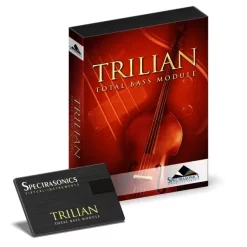

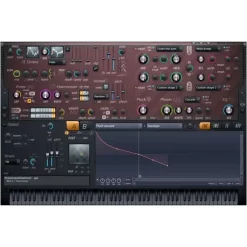
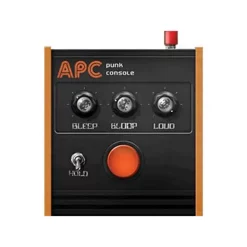
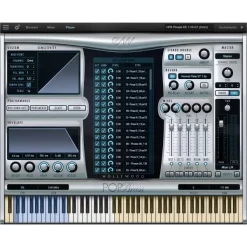

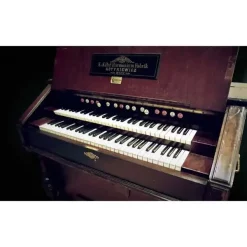

Reviews
There are no reviews yet.